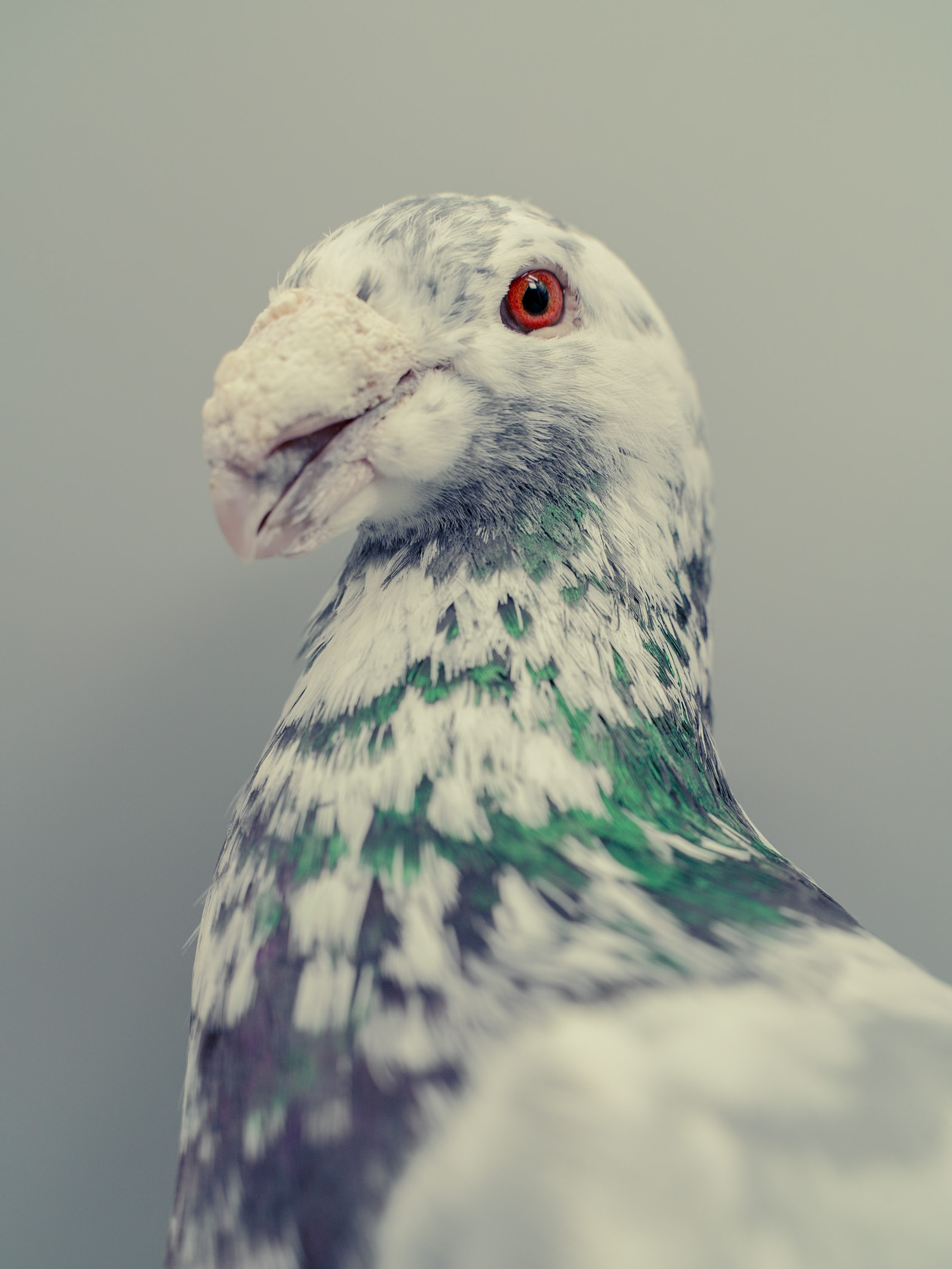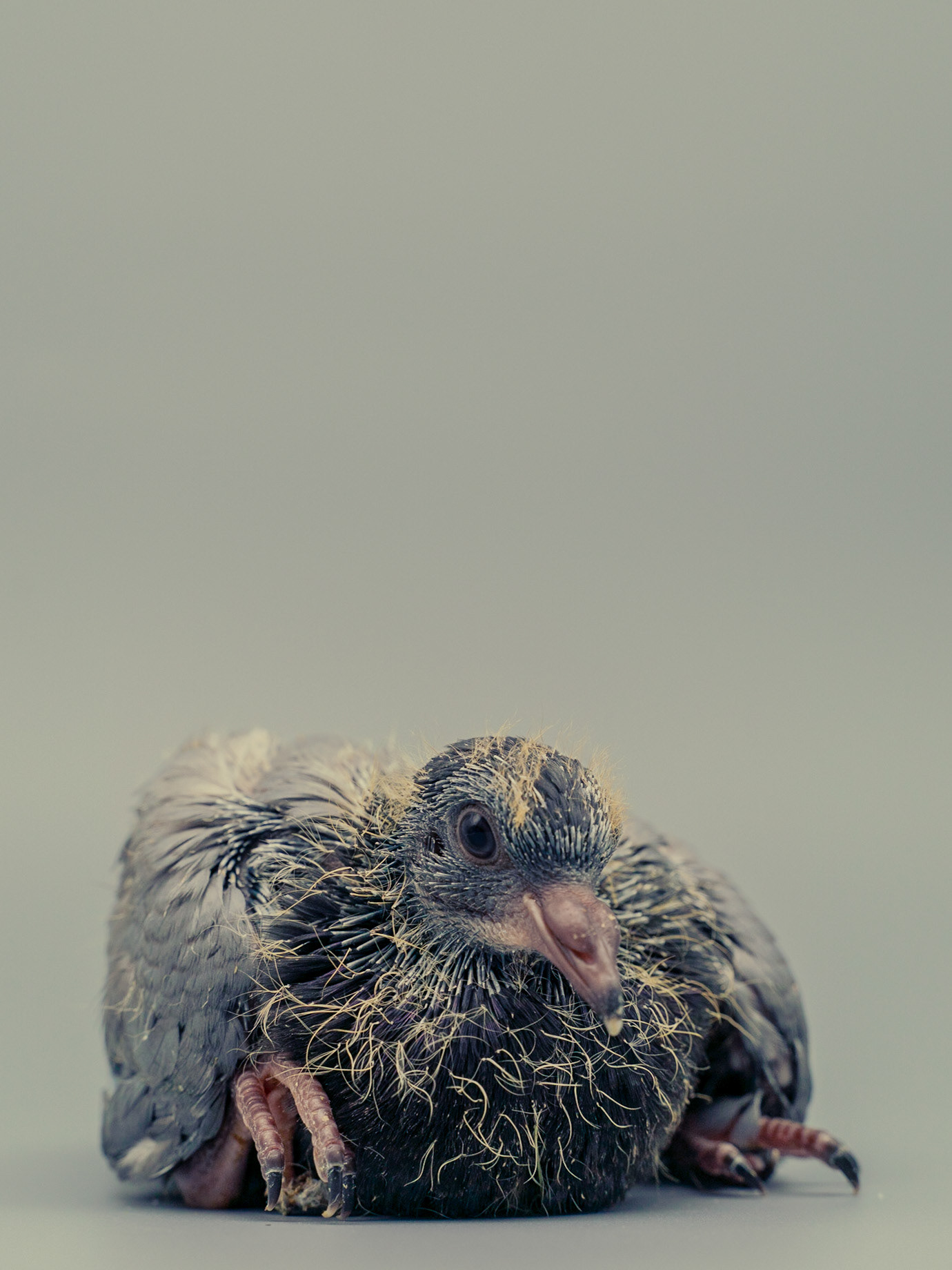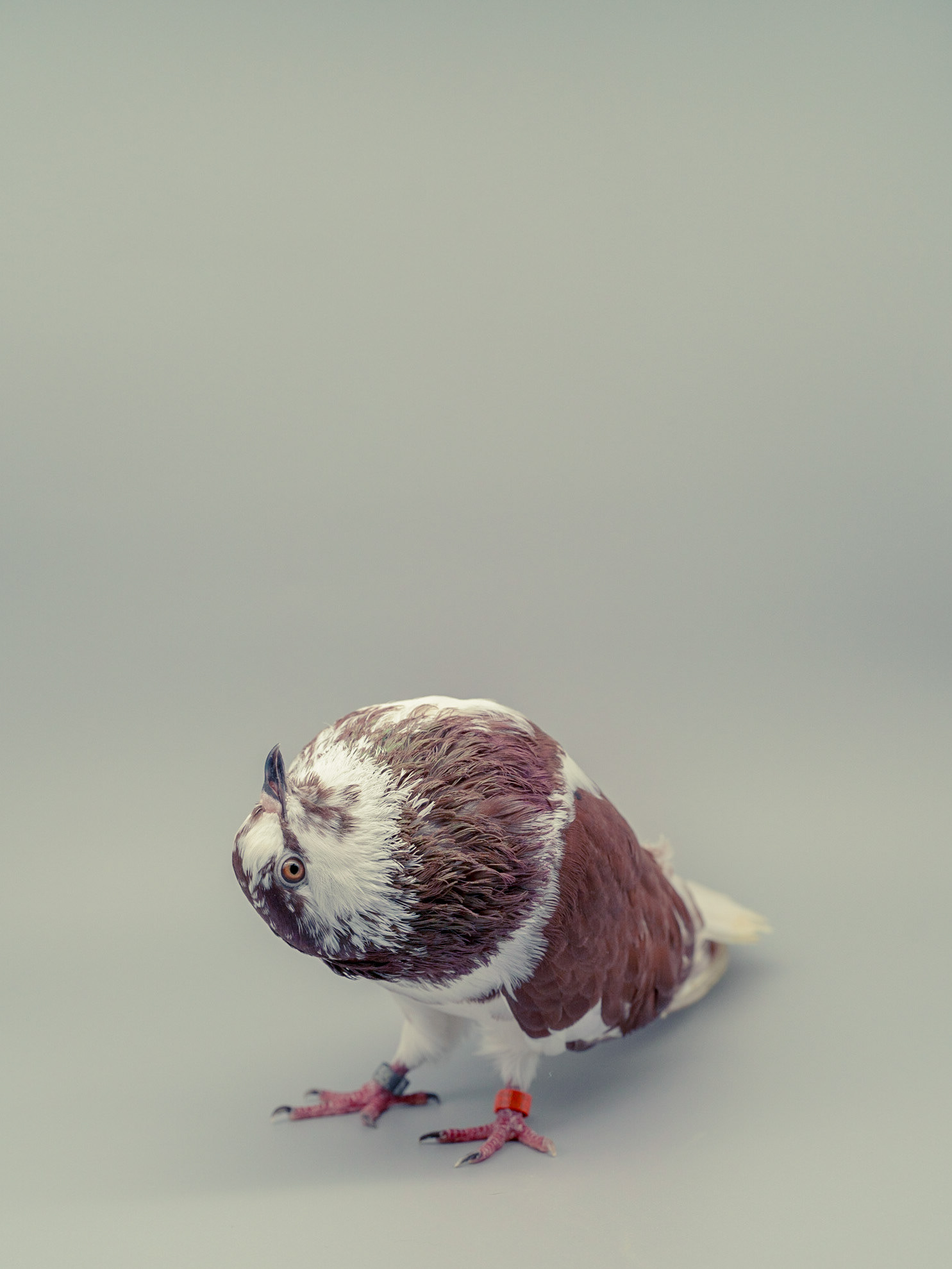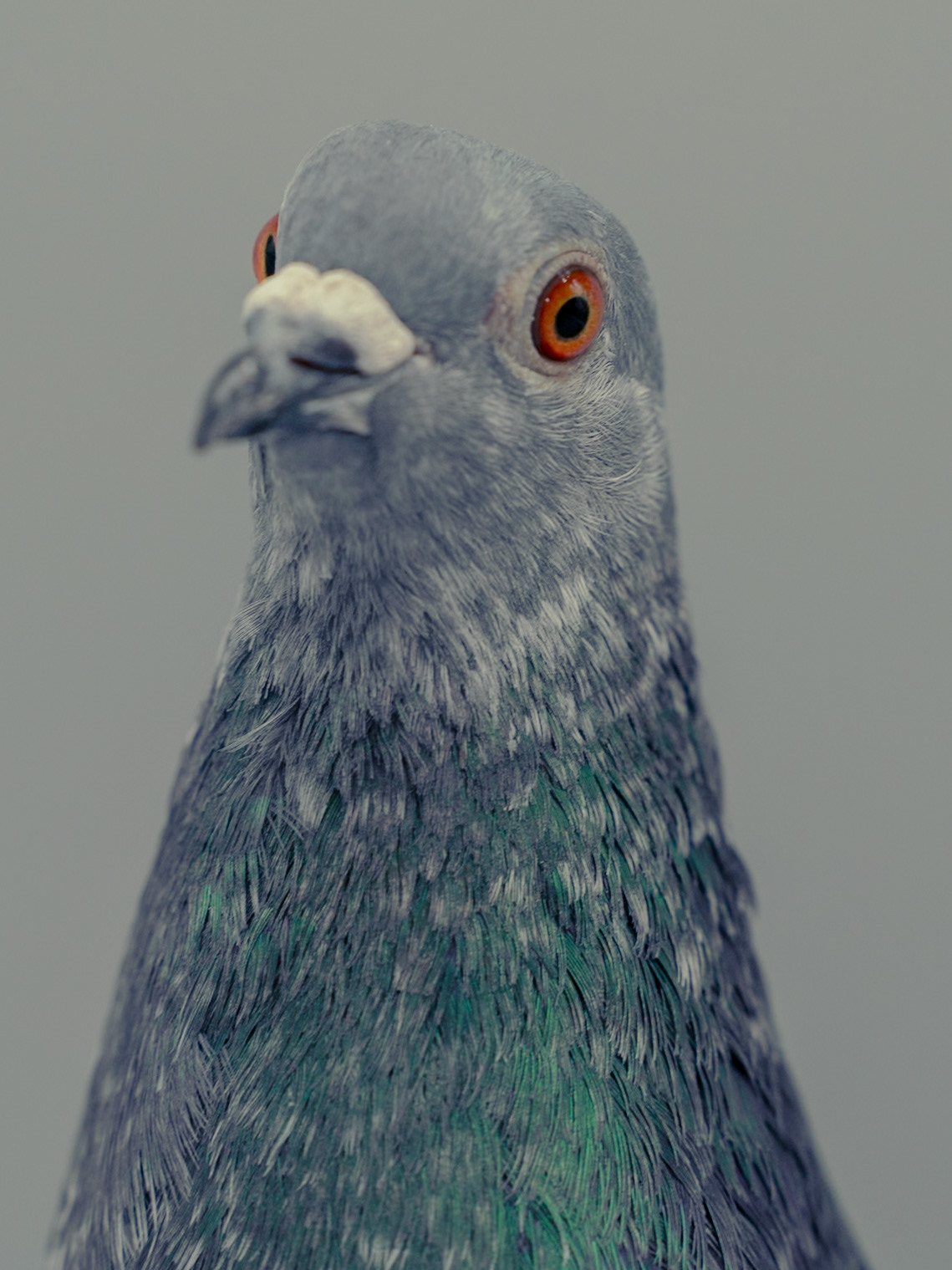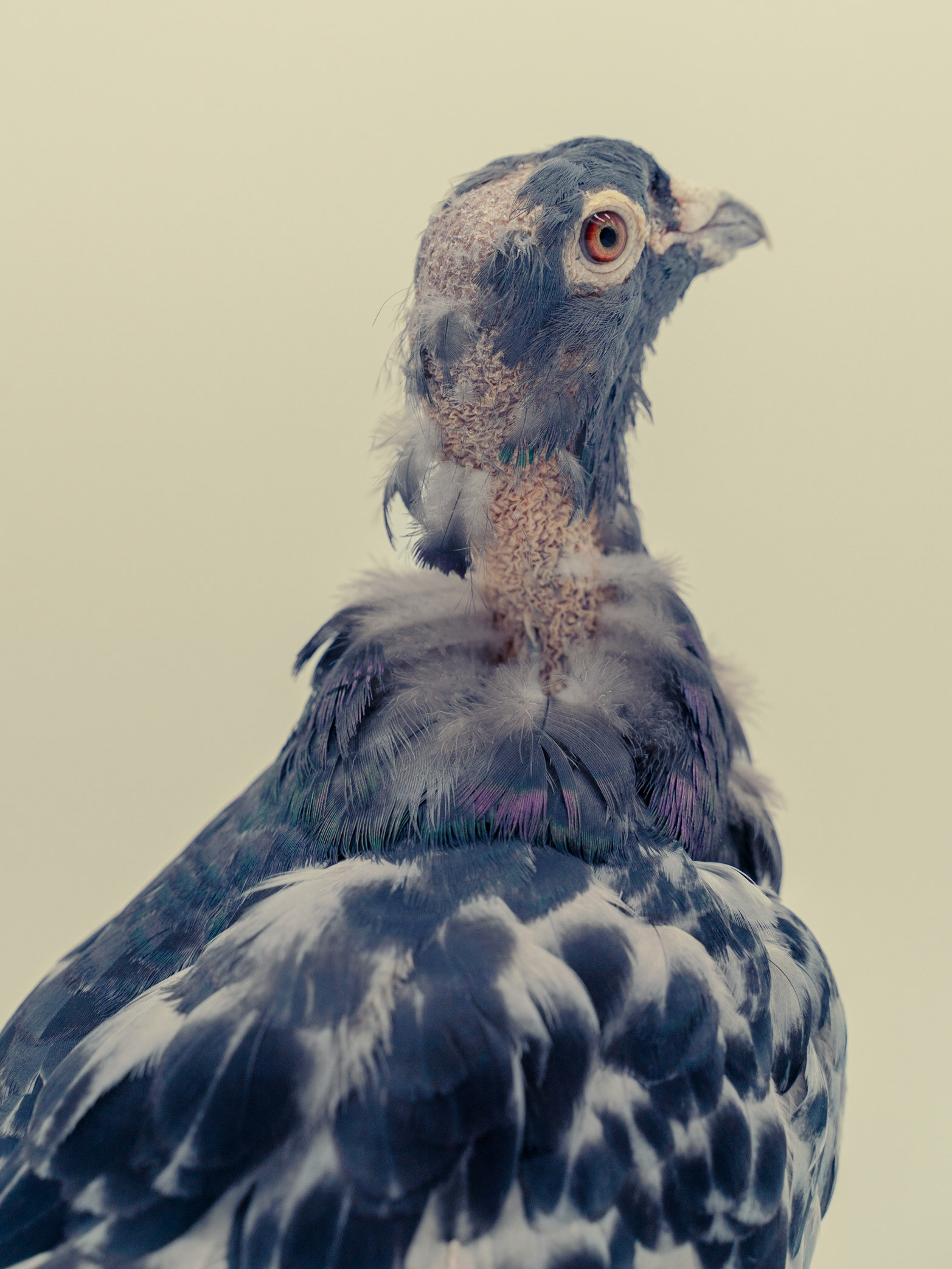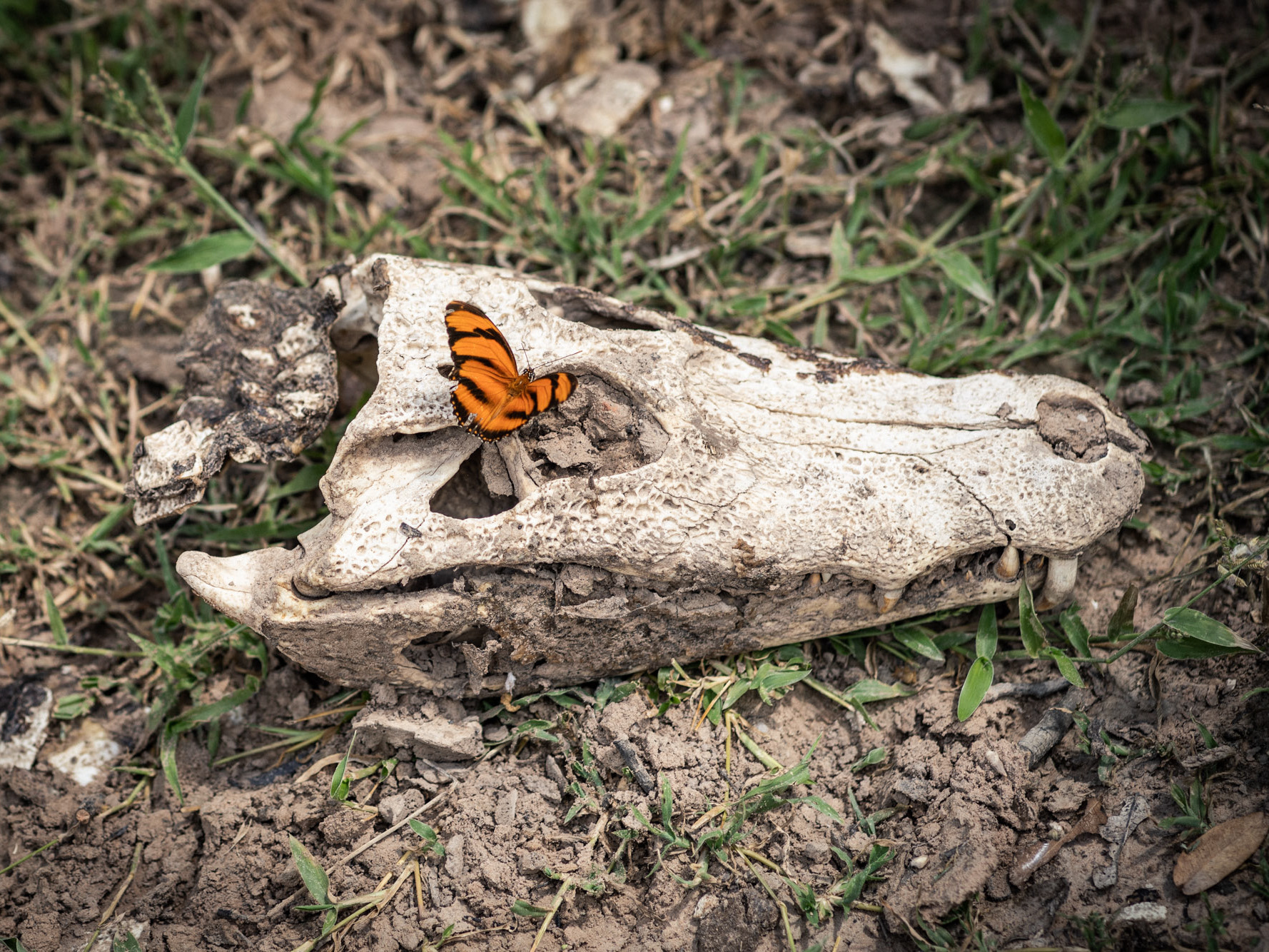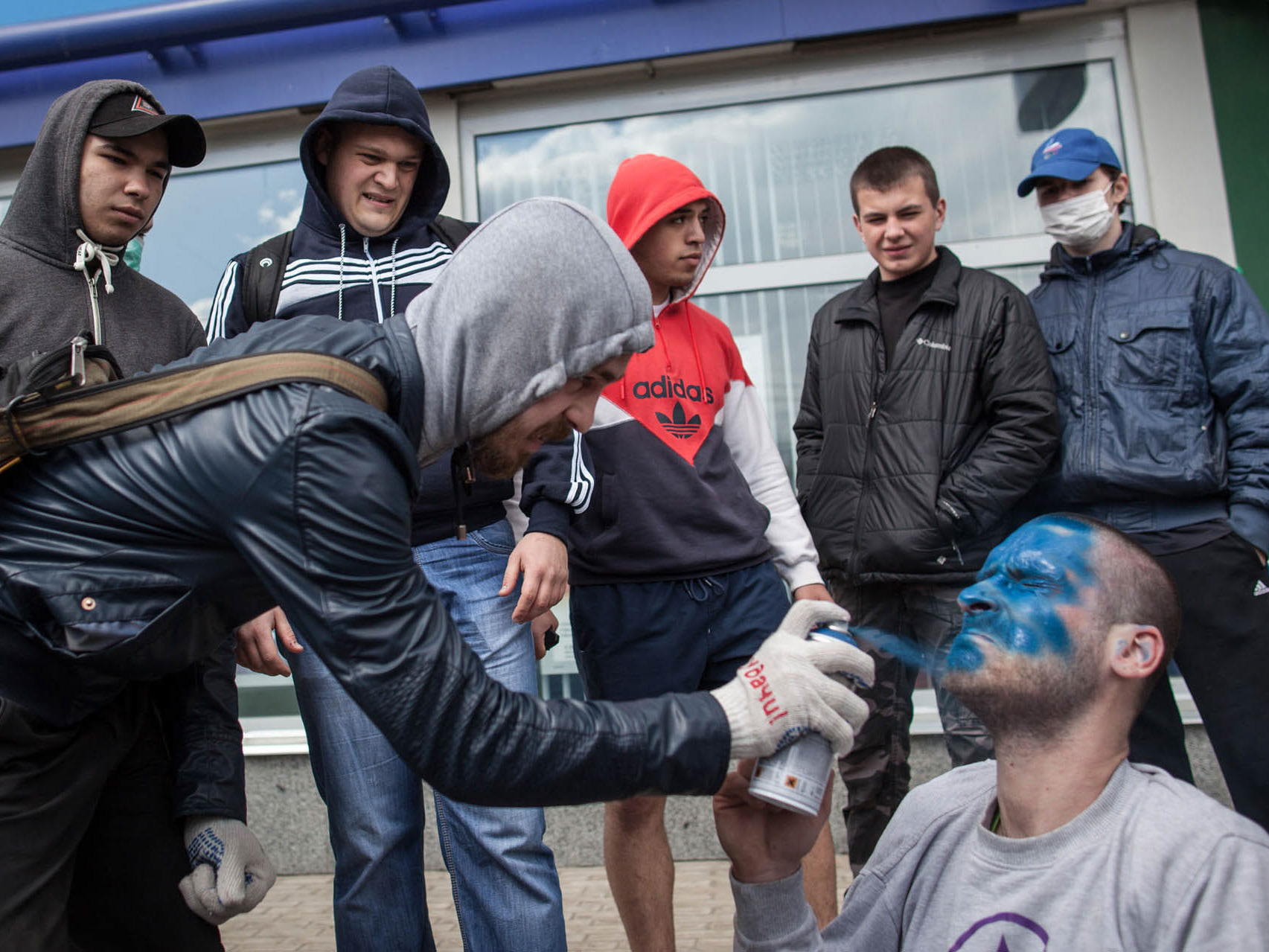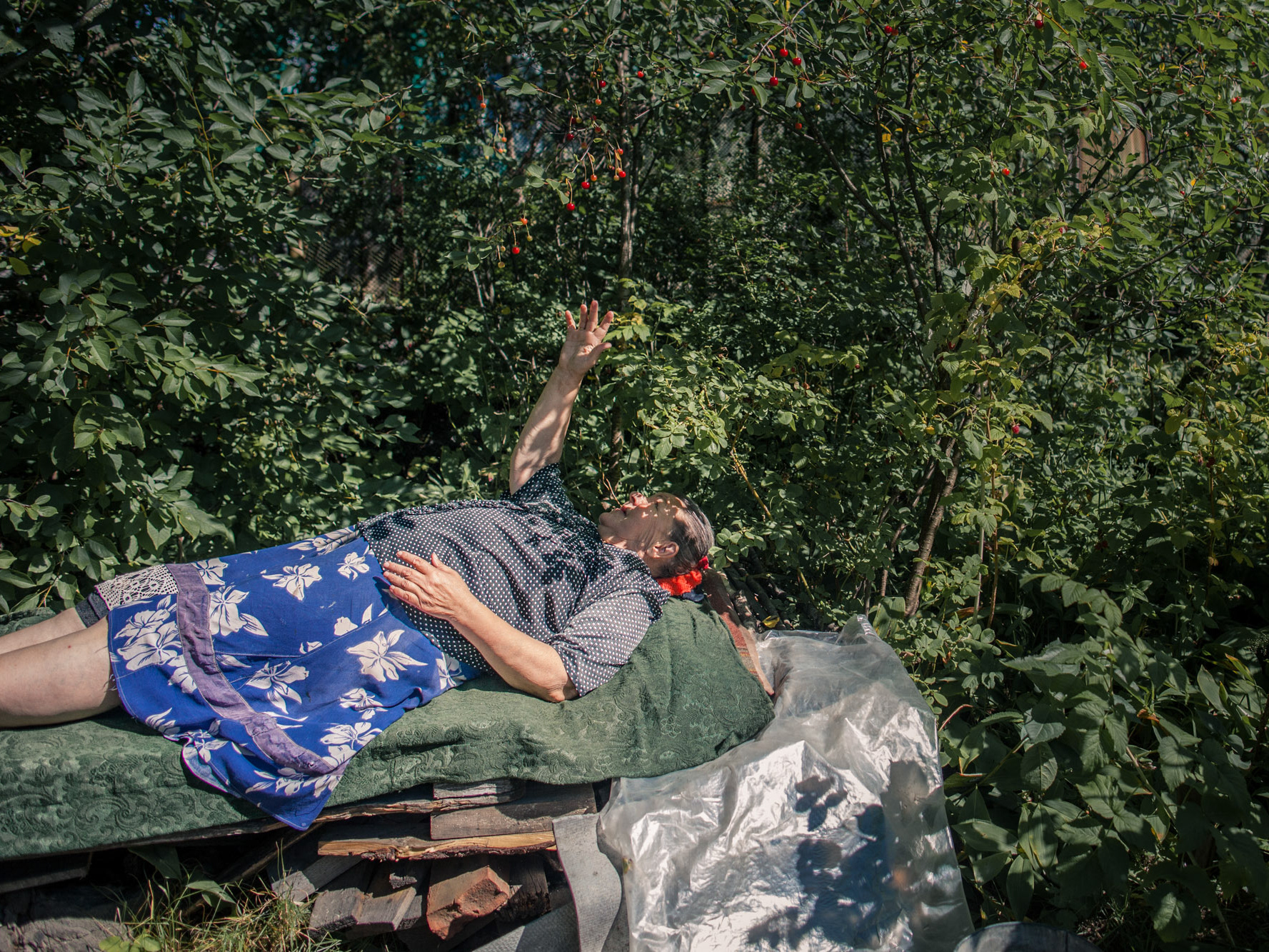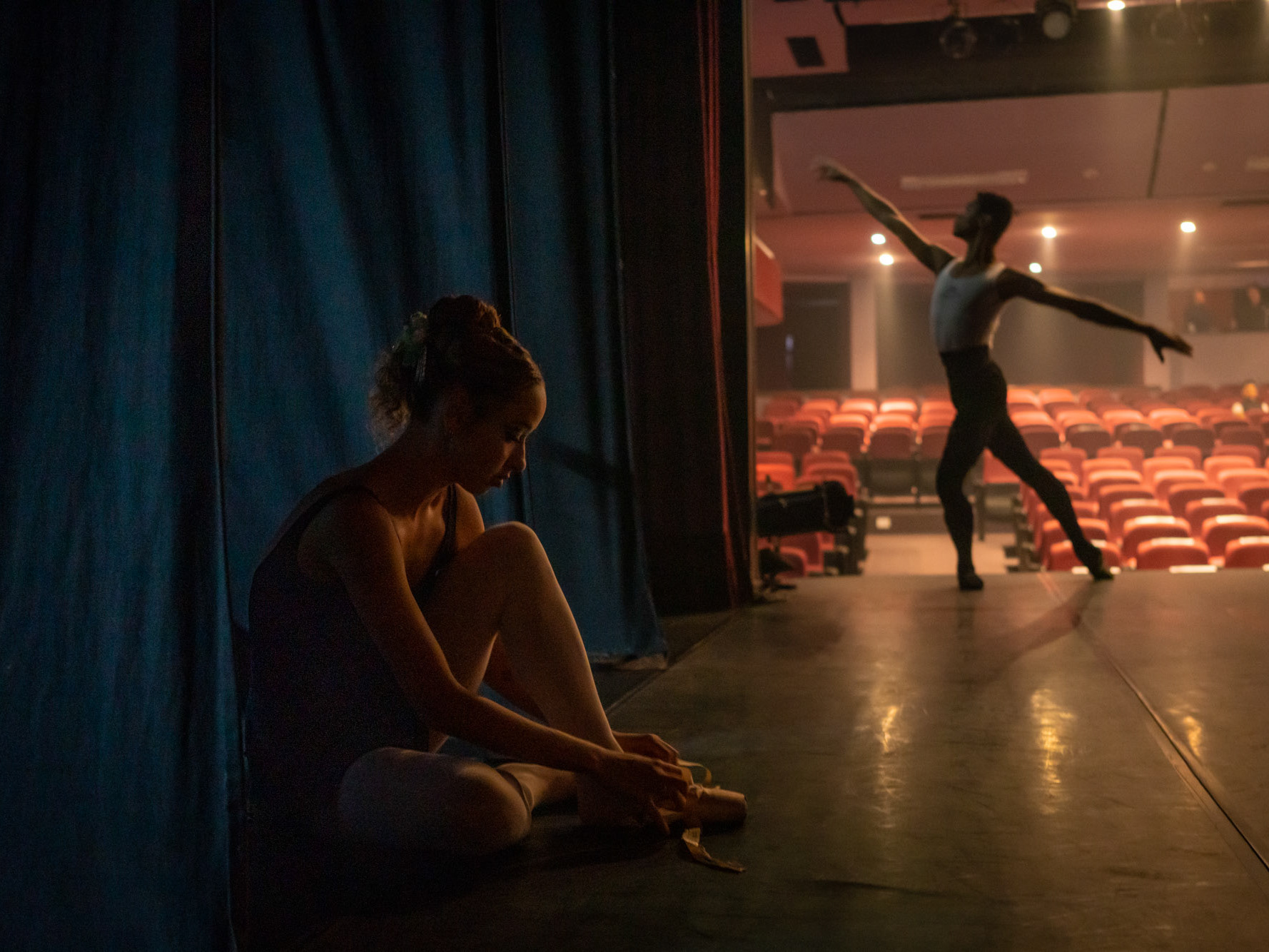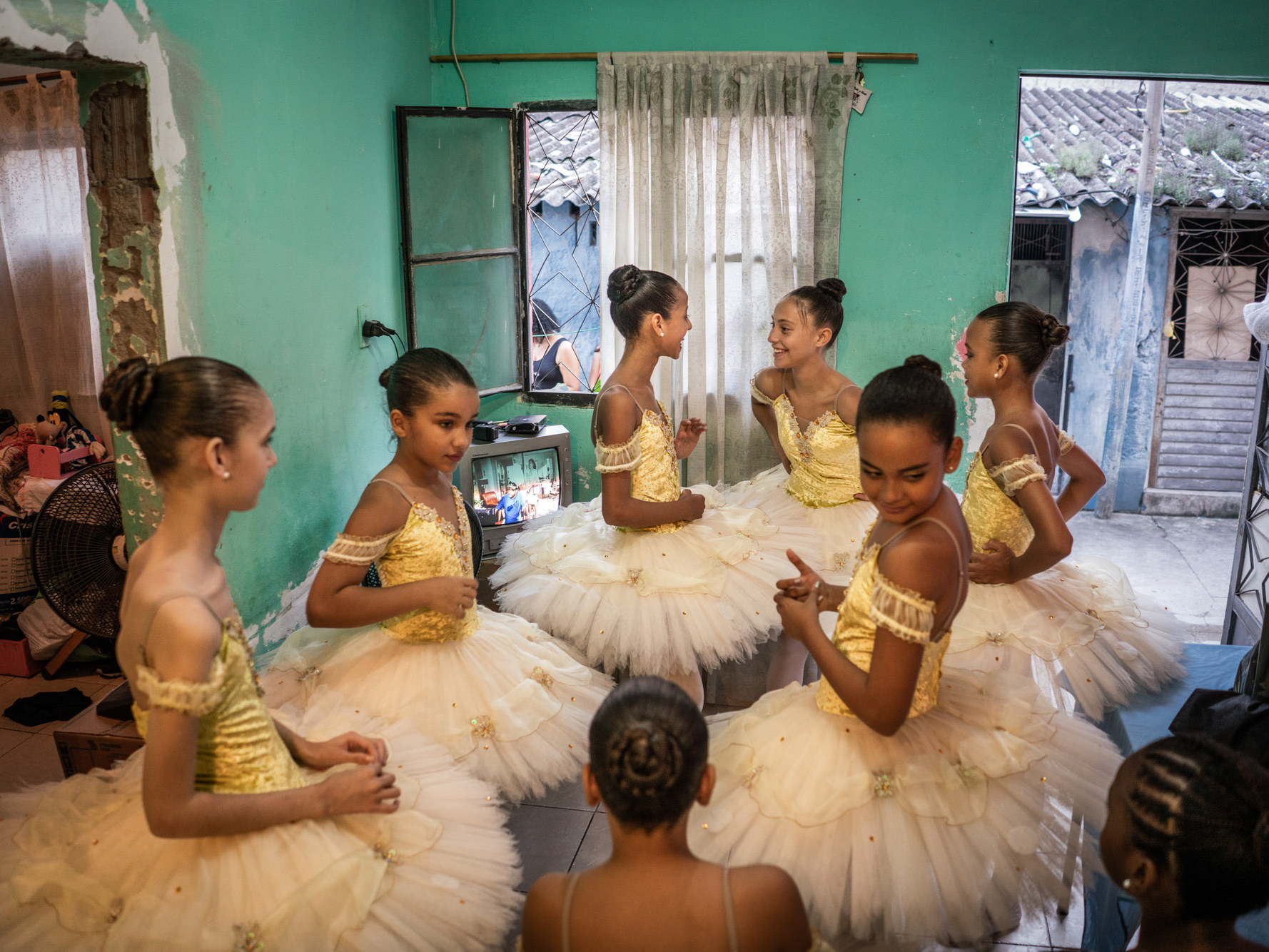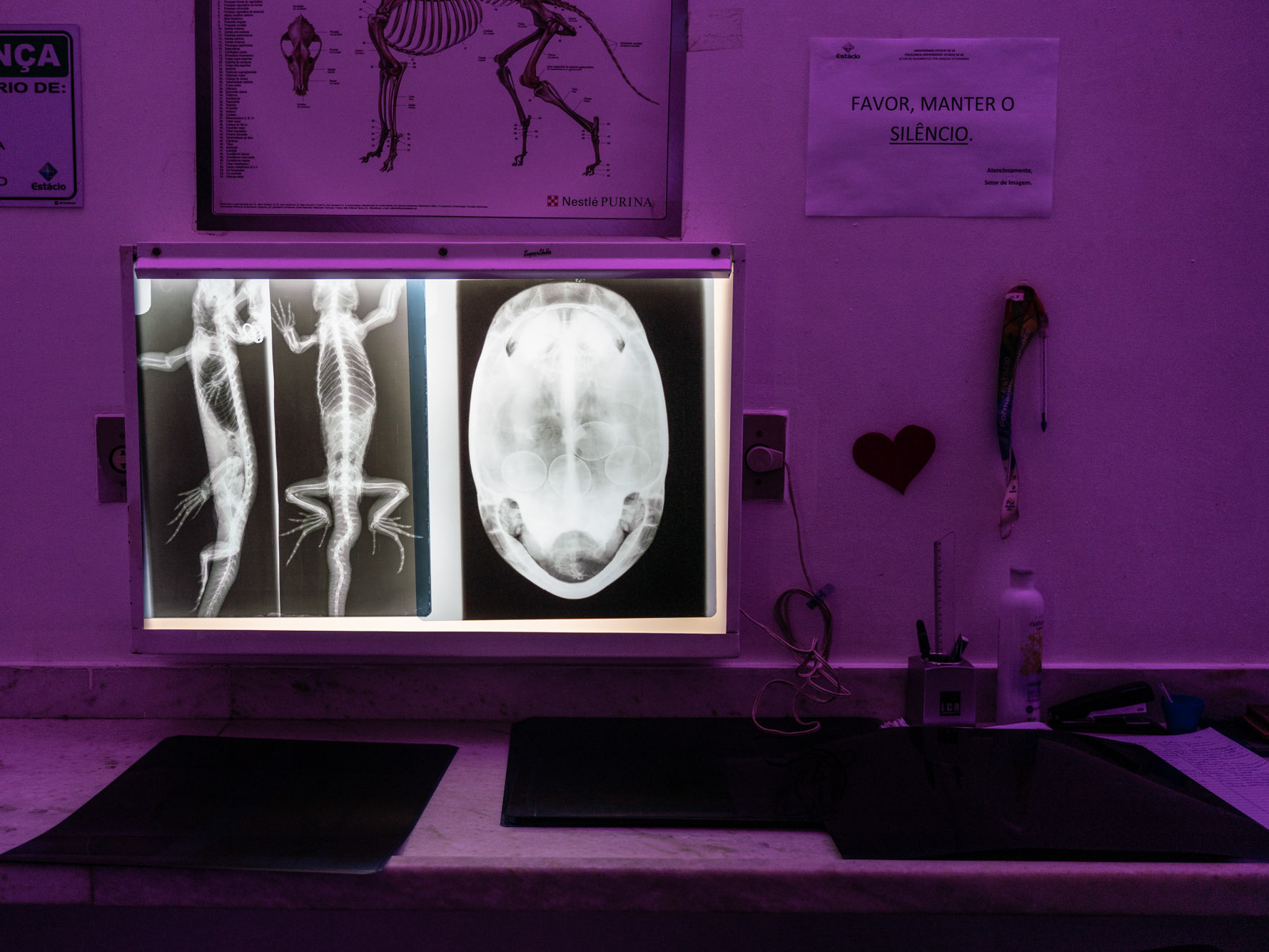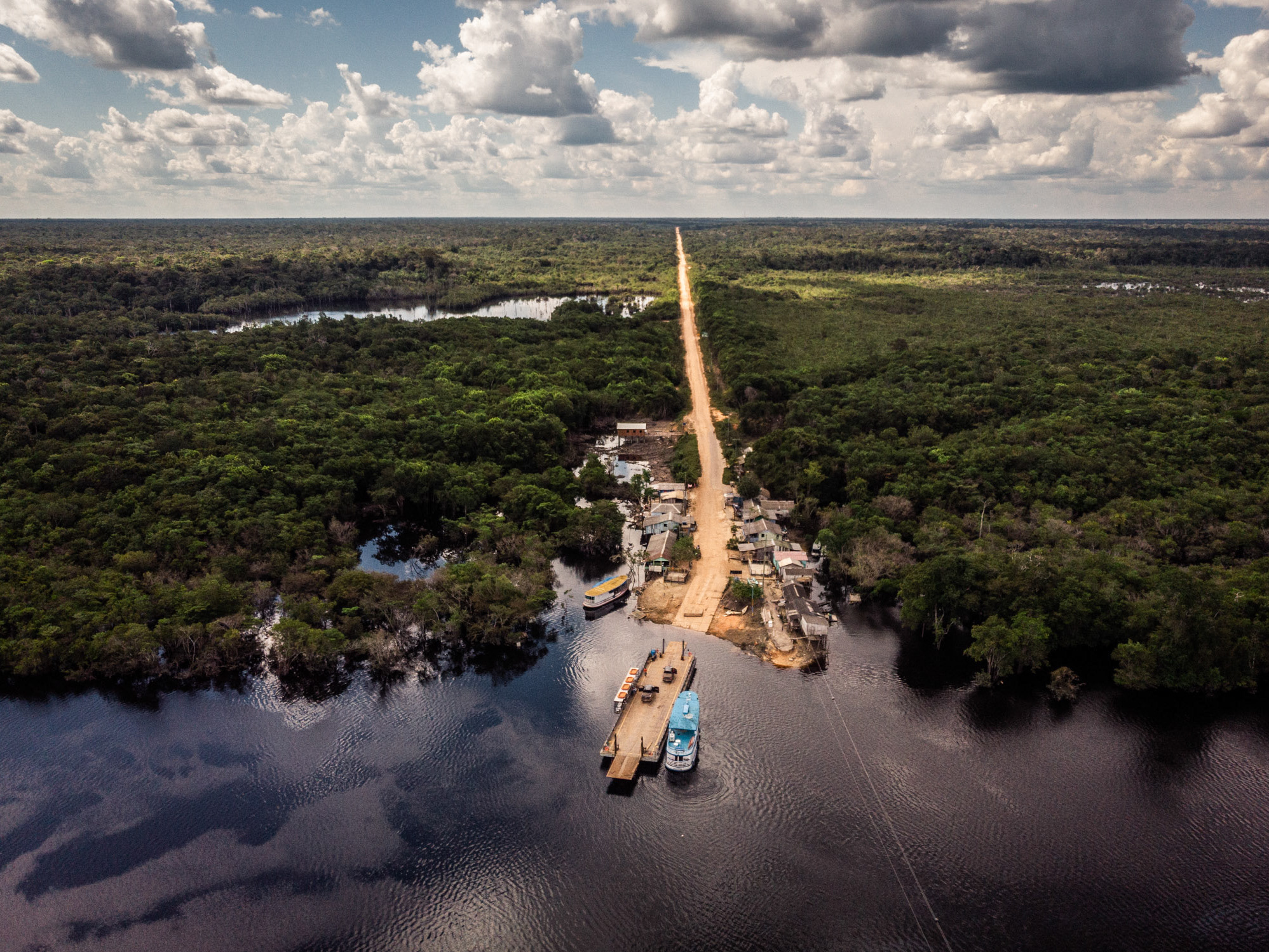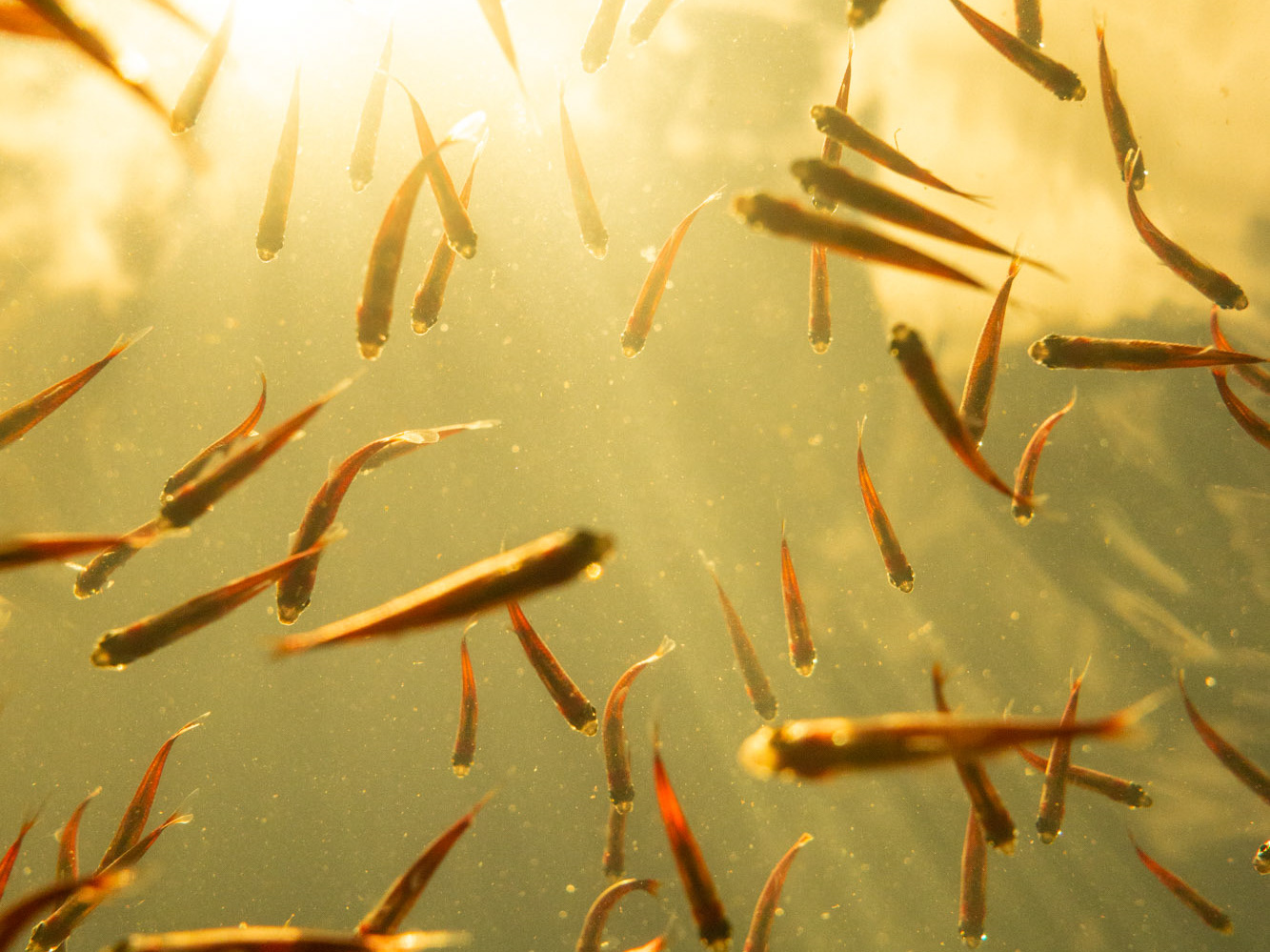The relationship between humans and pigeons is ambivalent. Today's street pigeons were once bred by humans - as messengers, for sport or for their looks. Now they are an undesirable part of the cityscape. They are seen as pests, as carriers of disease, as a symbol of dirt and neglect. Injured animals go unnoticed - most people simply move on. While other animals enjoy protection and sympathy, pigeons have become the enemy in many cities and are fought against. Although studies have long proven that pigeons pose hardly any more risk of disease than other wild or domestic animals, these prejudices persist.
Who deserves sympathy? Who receives support? Who is ignored? The boundary between what is considered worthy of protection or dispensable is not natural - it is made by us. While pigeons appear as a uniform gray mass from a distance, their diversity is revealed when viewed in detail: individual patterns, characteristic traits and idiosyncratic personalities.
The animals portrayed were fostered by volunteers. A small group caring for injured and weakened pigeons in the city.
